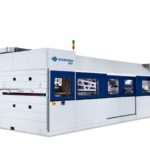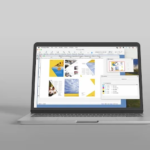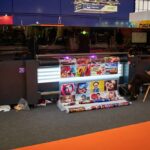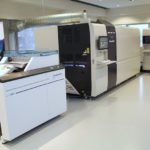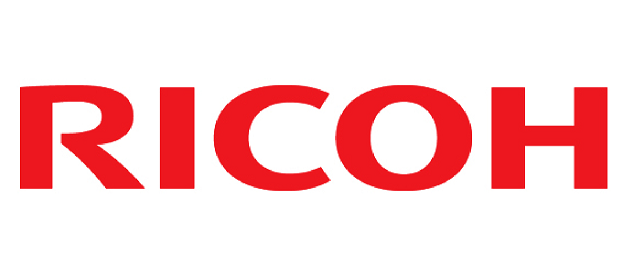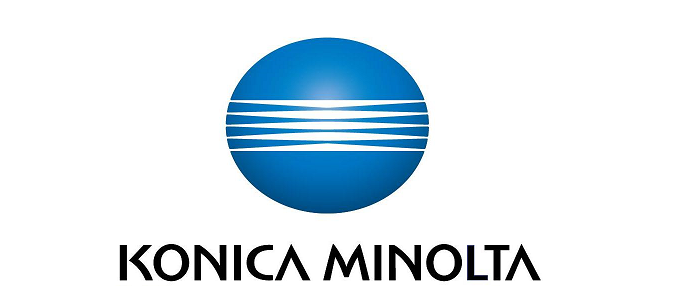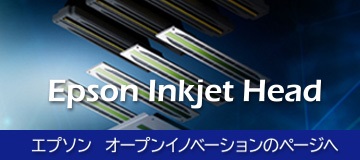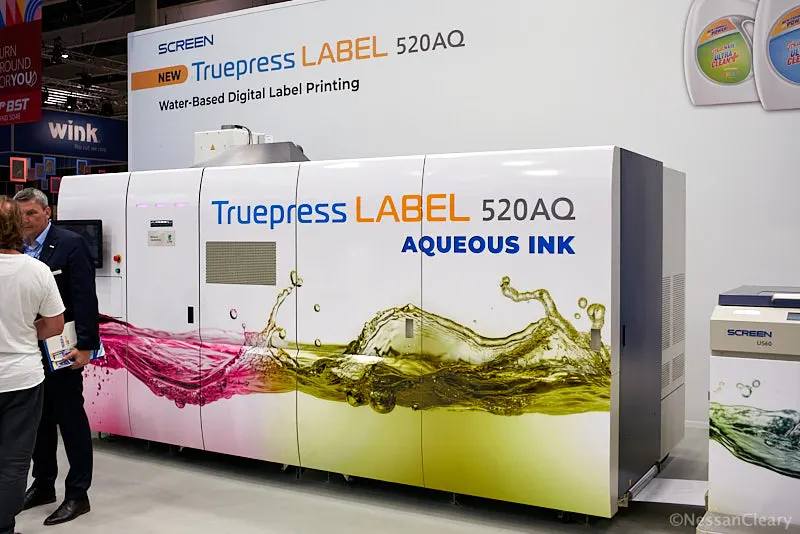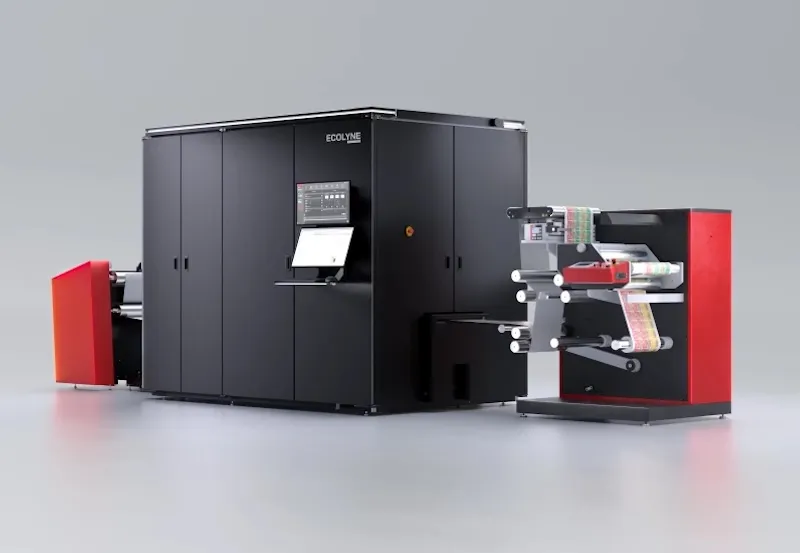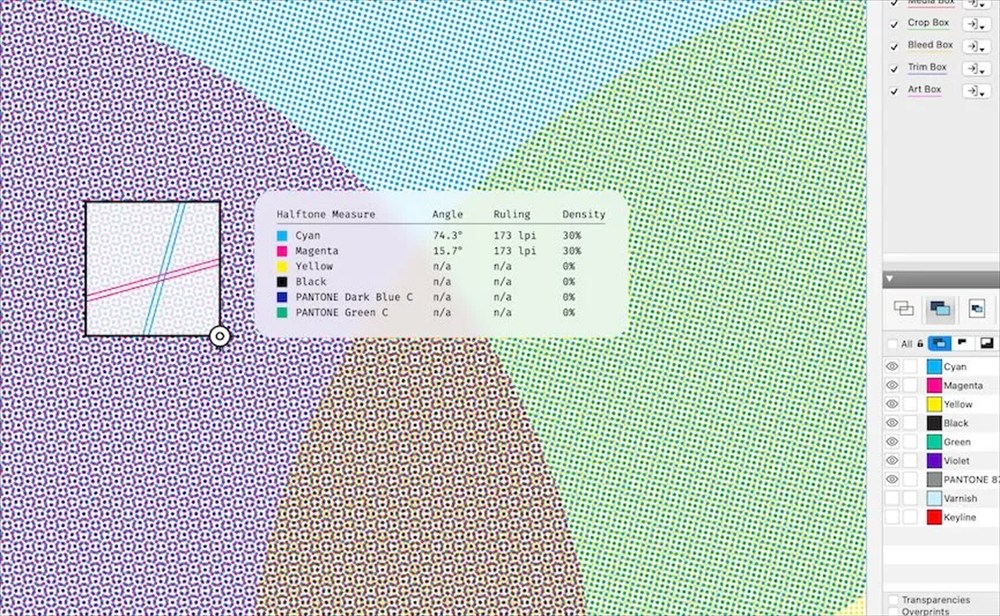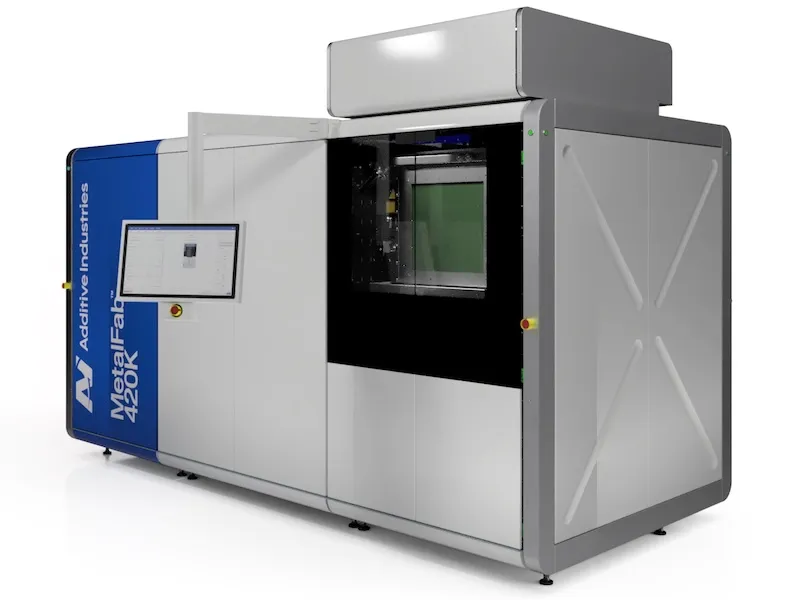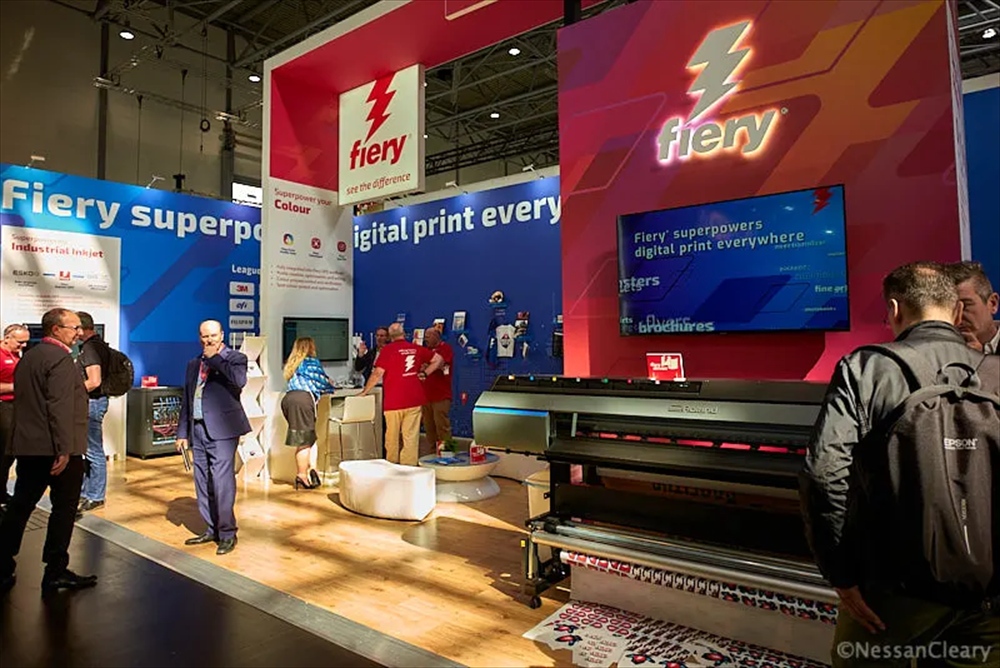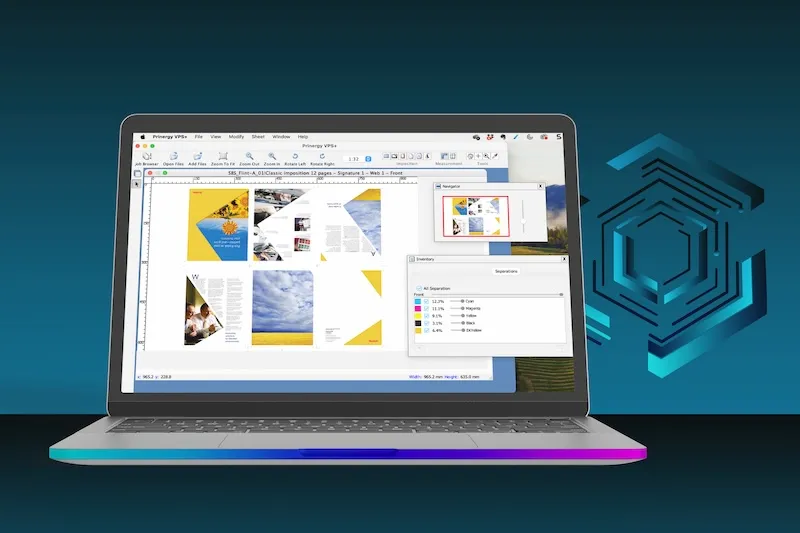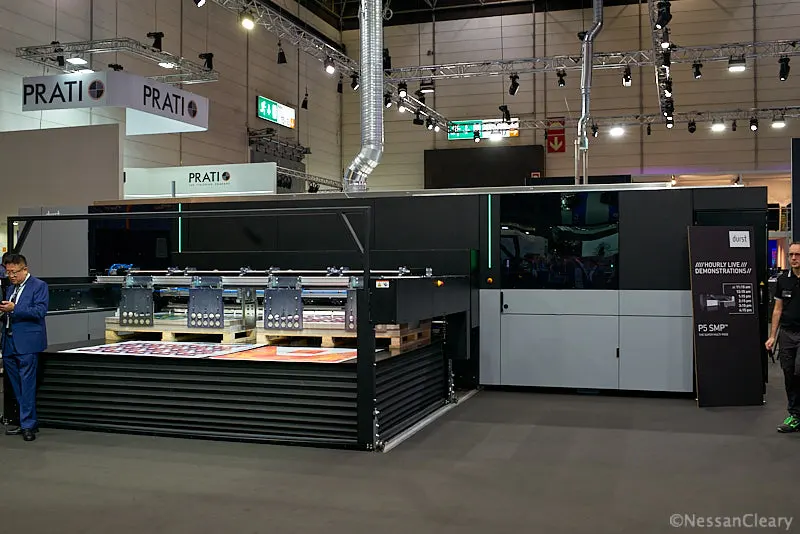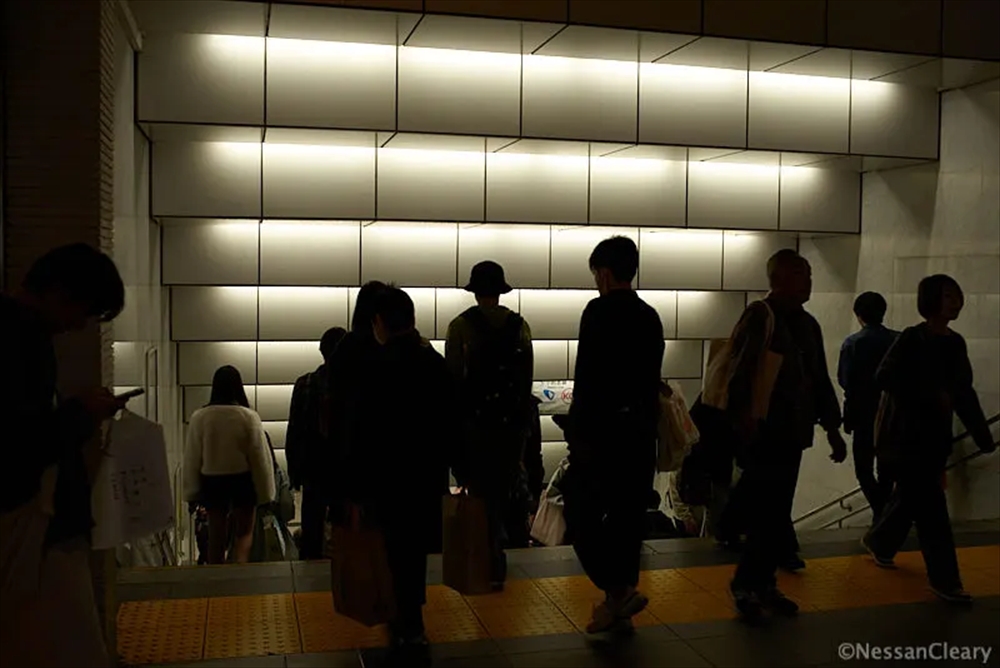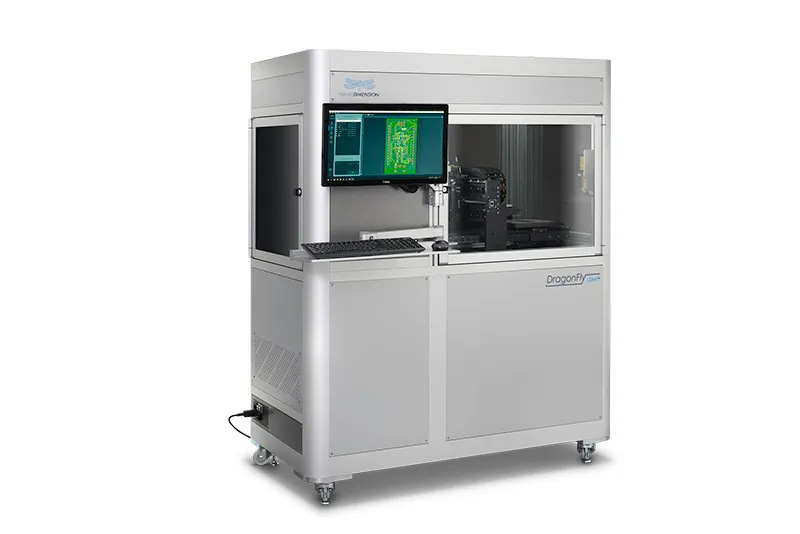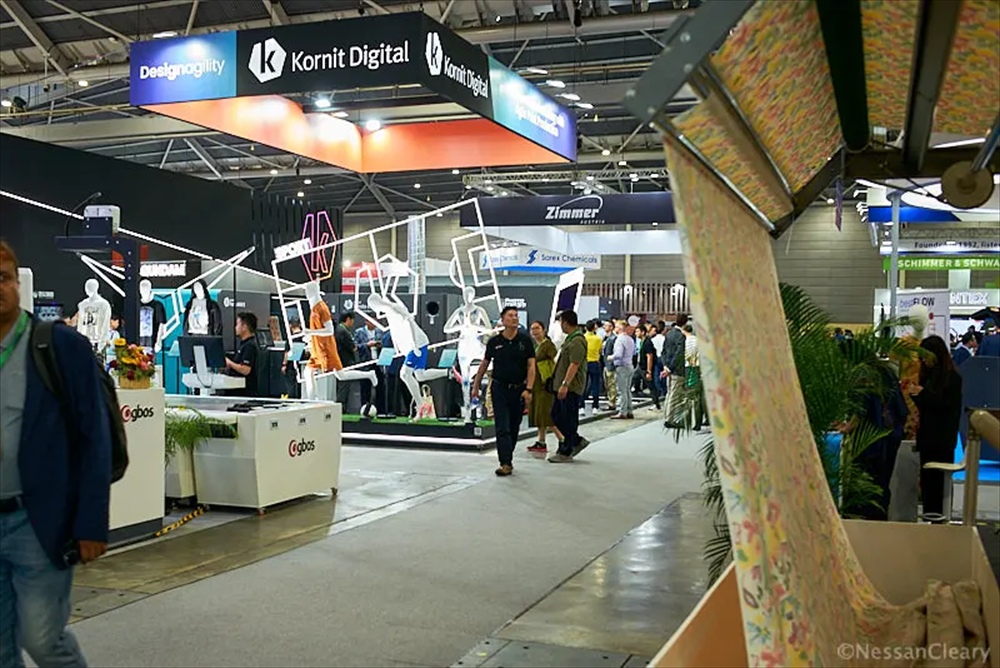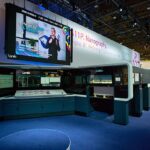- 2019-5-14
- Nessan Cleary 記事紹介
■ 大野註:タイトルは、HPの昇華転写プリンタのブランドが Stitchであることからのダジャレ(笑)
HPは、以前の小型の S300と S500に続いて、3.2mのプロダクションダ昇華プリンター S1000を正式に発売したので、HPがなぜテキスタイル市場に参入したのか、そしてなぜこういうプリンターを投入することにしたのかを検討する時です。
A stitch in time
HP has officially launched its 3.2m production dye sub printer, the S1000, following on from the earlier, smaller S300 and S500, so it’s time to look at why HP has jumped into the textiles market, and why it chose to do so with these particular printers.
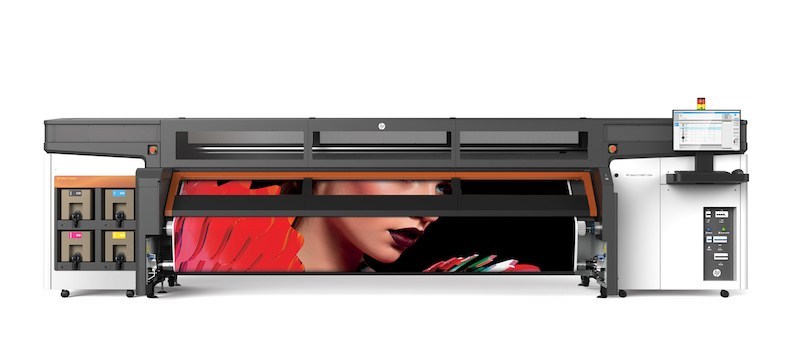
The HP S1000 is a 3.2m wide dye sublimation printer that will print direct to transfer paper or fabric.
とはいえ、まずは最初に、S1000を見てみましょう。主にソフトサイネージおよび一部の室内装飾のために、量産市場をターゲットとしています。これまでに発表された他の Stitchシリーズプリンタと同様に、これは 1200dpiサーマルインクジェットプリンタで、主に HPの既存のラテックスプリンタシャーシをベースとしていますが、水系の昇華型インクを使用しています。布のプリントを昇華させるには、別のカレンダーが必要になりますが、転写紙と布ダイレクトの両方が可能です。
But first, let’s look at the S1000. aimed at the volume end of the market, primarily for soft signage as well as for some interior decoration. As with the other Stitch-series printers announced so far, it is a 1200 dpi thermal inkjet printer, largely based on HP’s existing latex printer chassis but running water-based dye sublimation inks. It will print to both transfer paper and fabric, though you will need a separate calendar to sublimate the fabric printing.
最高 220平米/時間の生産速度が可能ですが、4パスの生産品質とバックライトのためにこれは 130平米/時間に低下します。4つのプリントヘッドがあり、そのうち 2つは黒とシアン、もう 2つはマゼンタと黄色のインク用です。インクは 10リットルのカートリッジで供給されます。このプリンタのプリントヘッドの推定寿命は50リットルですが、保証期間はわずか 10リットルだということは記憶しておきべきでしょう。
It’s capable of a maximum production speed of 220sqm/hr, though this drops to 130 sqm/hr for 4-pass production quality and for backlits. It’s fitted with four printheads, with two taking black and cyan, and two for the magenta and yellow inks. The inks are supplied in 10 litre cartridges. It’s worth noting that the estimated printhead life is 50 litres for this printer, though the warranty period is just 10 litres.
では、ここ何年かの間、ラテックスプリンタのソフトサイネージをたくさんの人々が喧伝してきたのに、なぜ HPが今、突然にテキスタイルプリントに飛び込んだのでしょうか?あるいは、もっと上手く質問するとすれば、何年も前に他の皆がが次の大きな市場として衣服やインテリア装飾を見いだしたのに、なぜ HPが今に至るまでその方面に進出しなかったのでしょうか?HPは、テキスタイル市場は 2023年までに 1兆7000億ドル(187兆円:$1=100円)のバリューになると主張しています。これには、全体の10~11%と推定されている、今日デジタルプリントされているテキスタイルの約 3,000億ドル(約 33兆円)が含まれます。
So, why has HP suddenly jumped into textile printing, given that plenty of people have been happily churning out soft signage on the latex printers for several years now? Or perhaps a better question would be, why hasn’t HP done this sooner, given that everyone else has identified garments and home décor as the next big market some years ago. HP claims that the textiles market will be worth $1.7 trillion by 2023, which will include some $308 billion in printed textiles, with around 10 to 11 percent being digitally printed today.
HPのラージフォーマットグラフィックスのゼネラルマネージャ、Joan Perez Pericot氏は、次のように付け加えています。「過去 5年間でこの市場は 10〜15%成長しており、今後 5年間で 10〜12%成長し続け、3,600億ドル(約40兆円)と予想されます。」同氏は、これらの数字はハードウェアとインクのみを対象としており、紙、布地、その他考慮すべき要素もあることを指摘しました。しかし、HPはこれらの数字の由来や信頼性を示していません。
Joan Perez Pericot, general manager of HP’s large format graphics, adds: The good news is that in the last five years this market has been growing some 10 to 15 percent and we expect it to continue to grow 10 to 12 percent over the next five years, reaching $3.6 billion total opportunity.” He pointed out that these figures only cover hardware and inks and that there are also paper, fabrics and other elements to consider. However, HP has not indicated where these figures come from or how reliable they might be.
それにもかかわらず、HPは明らかにデジタル印刷が商業印刷の場合と同じように短期間で短納期の利益を繊維産業に提供することを期待しており、それはまたパッケージ印刷にも向け始めています。Pericot氏によると、現在繊維業界の多くの企業がアナログ生産において 100日間のリードタイムで作業しており、これが無駄とキャッシュフローの問題を引き起こしているといいます。彼は、デジタルプロダクションがこれを 48時間の回転サイクルで置き換えることができると主張します。さらに重要なことは、デジタルプロダクションはまた、新しいプレーヤーがオンラインで直接販売することができるので市場に参入することをより容易にし、そして既に支払われたアイテムだけを生産することを可能にするということです。これこそまさに私たちが商業印刷で見てきたことであり、HPはこれらの新しいプレーヤーの多くにプリンターを供給することに長けています。
Nonetheless, HP is clearly hoping that digital printing will deliver the same short-run fast-turnaround benefits to the textile industry as it did for commercial printing and is starting to for packaging printing. Pericot says that currently many companies in the textile industry work on a 100-day leadtime in analogue production, and that this produces waste and cashflow problems. He claims that digital production can replace this with a 48-hour turnaround. More importantly, digital production also makes it easier for newer players to enter the market as they can sell directly online, and only produce items that have already been paid for. This is exactly what we’ve already seen in commercial printing and HP has proven itself adept at supplying its printers to many of these new players.
ペリコットは、デジタルテキスタイル市場を形成している 4つの主なトレンド、すなわちオンデマンドで注文でき、パーソナライズでき、センサーやウェアラブル技術へのリンクを含めることができ、リサイクルできることを指摘しています。彼は、若い世代は特にパーソナライズに熱心であり、人々は自分たちのテキスタイルをパーソナライズさせるために最大 10%まで支払う用意があると言っています。
Pericot identifies four main trends shaping the digital textile market, namely that it can be ordered on-demand, can be personalised, can include sensors or links to wearable technology, and can be recycled. He says that the younger generation is expecially keen on personalisation, and that people are willing to pay up to 10 percent more to have their textiles personalised.
ペリコット氏は、次のように付け加えています。「テキスタイルは、石油に次いで世界で 2番目に汚染の多い産業であり、水をより多く消費するため、すべてのブランドが持続可能性に関心を寄せています。そのため、デジタルは大きな影響を与える可能性があります。」
Pericot adds: “Textiles is the second most polluting industry in the world after oil and consumes more water so it’s no wonder that all the brands are interested in sustainability. So digital can have a massive impact.”

Joan Perez Pericot, general manager of HPÕs large format graphics
しかしながら、持続可能性に本当に興味を持っている人なら、たくさんの新しい服、クッション、カーテンなどを買うのをやめることができるということを指摘しておきたいと思います。これはいい加減な軽口ではありません。HPや他のベンダは、オンラインで注文でき、それが個人の好みにパーソナライズできるのであれば、より多くのものを買うだろうと賭けていますが、そのリサイクルがどう簡単であろうが、新しい衣服を買い続けたり、古い衣服を置き換えたりすろ行為自体はサステイナブルではありません。
I think that it is worth pointing out that anyone really interested in sustainability can simply stop buying lots of new clothes, cushions, curtains and so on. This is not just a flippant point – HP and other vendors are betting that people will buy more stuff if they can do it online and can personalise it but at some point constantly adding to or replacing our wardrobes is itself unsustainable, regardless of how easily any of those items can be recycled.
HPがポリエステル市場からスタートしたことも注目に値します。HPの世界的なテキスタイルビジネスディレクターである Ester Sala氏は、市場は綿が大部分を占めていると信じてられているが、現実にはこの市場の 60%はポリエステルであると語っています。ソフトサイネージ、インテリア、スポーツウェア、アパレルの 4つの主な市場があると彼女は言います。彼女は、看板市場は PVCから完全に離れ、ホテルやレストランはポリエステルの内装製品に移行していると述べています。彼女は、次のように付け加えています。「スポーツウェアは成長しています。これは、消費者の健康への期待やライフスタイルが変化し、スポーツウェアが飛躍的に成長したためです。その価格が安いこととすべての新しい混紡素材の多様性のために、ファッションはポリエステルを布地として採用しました。」
It’s also worth noting that HP has started off with the polyester market. Ester Sala, HP’s worldwide textile business director, says that people believe that the market is strongly dominated by cotton but that the reality is that 60 percent of this market is polyester, adding: “Polyester is the number one most consumed fabric in the world.” She says there are four main markets: soft signage, interior décor, sportswear and apparel. She says that the signage market has moved en masse away from PVC and that hotels and restaurants are moving into polyester interior décor products because polyester can be easily treated for flame retardance, satisfying regulations. She adds: “Sportswear is growing because we consumers have changed our health expectations and our lifestyles, which has led to an enormous growth in sportswear, and this will continue as sports is adopted by new generations. Fashion has adopted polyester as a fabric because of its prices and the versatility of all the new blended materials.”
個人的には、現在昇華型プリンタを販売している他のどのプリンタベンダも、HPが発表した 3機種の Stitchプリンターを特に心配し過ぎる必要はないと思います。しかし、HP自体はまったく異なる立場であり、HPが今テキスタイル市場をターゲットにしているという事実は、他のすべての人に考えるべき何かを与えるはずです。各業界における HPの標準的なやり方は、ブランドの所有者とデザイナーをターゲットにして、HPのプリンターと消耗品を指定するよう説得することです。
Personally, I don’t think that any of the other printer vendors currently selling dye sublimation printers will have anything too much to worry about with the three Stitch printers that HP has announced. However, HP itself is a completely different proposition and the fact that HP has now targeted the textiles market should give everyone else something to think about. HP’s standard operating practice in each of the industries that it’s involved in is to target the brand owners and designers and convince them to specify HP printers and consumables.
Pericot氏によると、デザインおよび生産用ソフトウェアはまだ計画されていないとのことですが、この種のソフトウェアを発表するまでには時間の問題でしょう。というのも、HPの真の強みはプリンタそのものではなく、顧客がデザインからオンライン注文、印刷、そしてフルフィルメントまでの全プロセスを管理するのを助ける完全なエコシステムを創り出す能力にあるからです。そのため、HPがこれらのプリンタを包括的なソフトウェアでフォローすることは間違いありません。おそらく PrintOsツールスイートへの追加や、おそらく専用の PrintOsマーケットプレースという形かもしれません。これこそが、他のすべてのベンダーが心配すべきことです。PrintOはプリント量を増やすためのものであり、量は産業用テキスタイル事業において絶対に重要だからです。
Pericot says there are no plans for design and production software yet but I think it’s only a matter of time before the company announces this kind of software since HP’s real strength lies not so much in its printers but in its ability to create a complete eco-system to help customers manage the entire process from design to online ordering, printing and fulfilment. So, I have no doubt that HP will follow up these printers with a comprehensive range of software, probably in the form of additions to its PrintOs suite of tools and perhaps even a dedicated PrintOs Marketplace. And that is something that every other vendor should worry about, because PrintOs is all about driving up print volumes, and volume is absolutely key in the industrial textile business.



